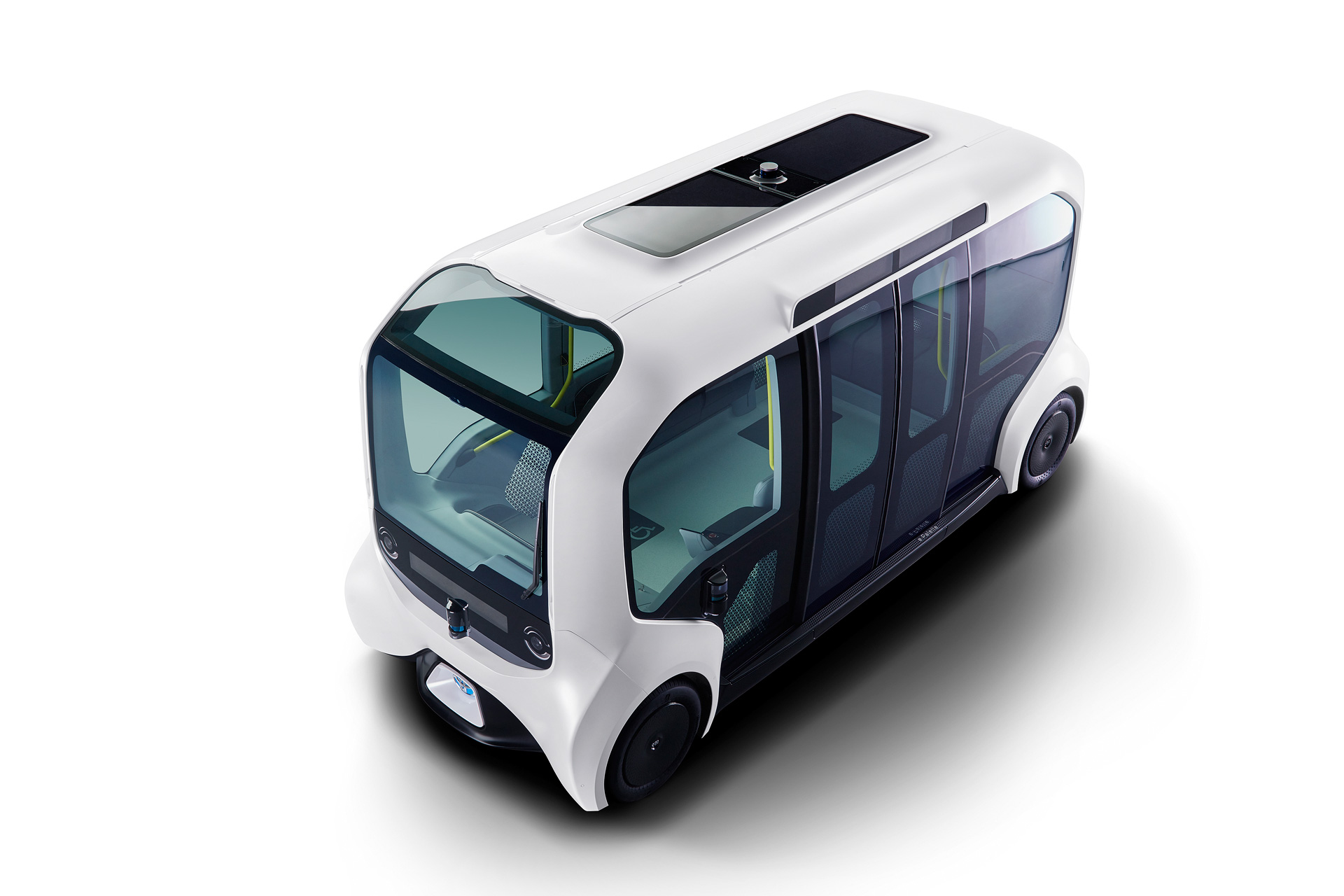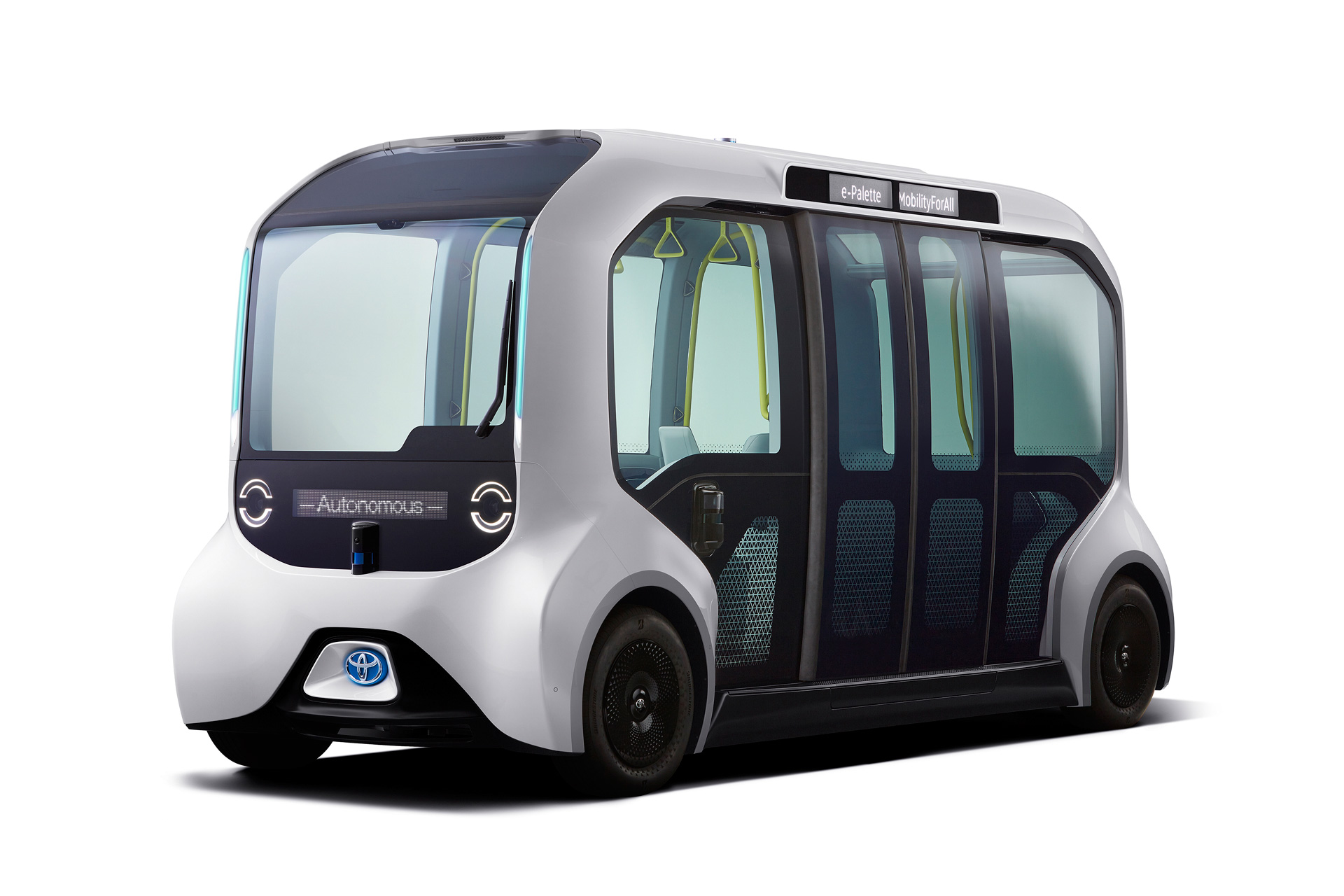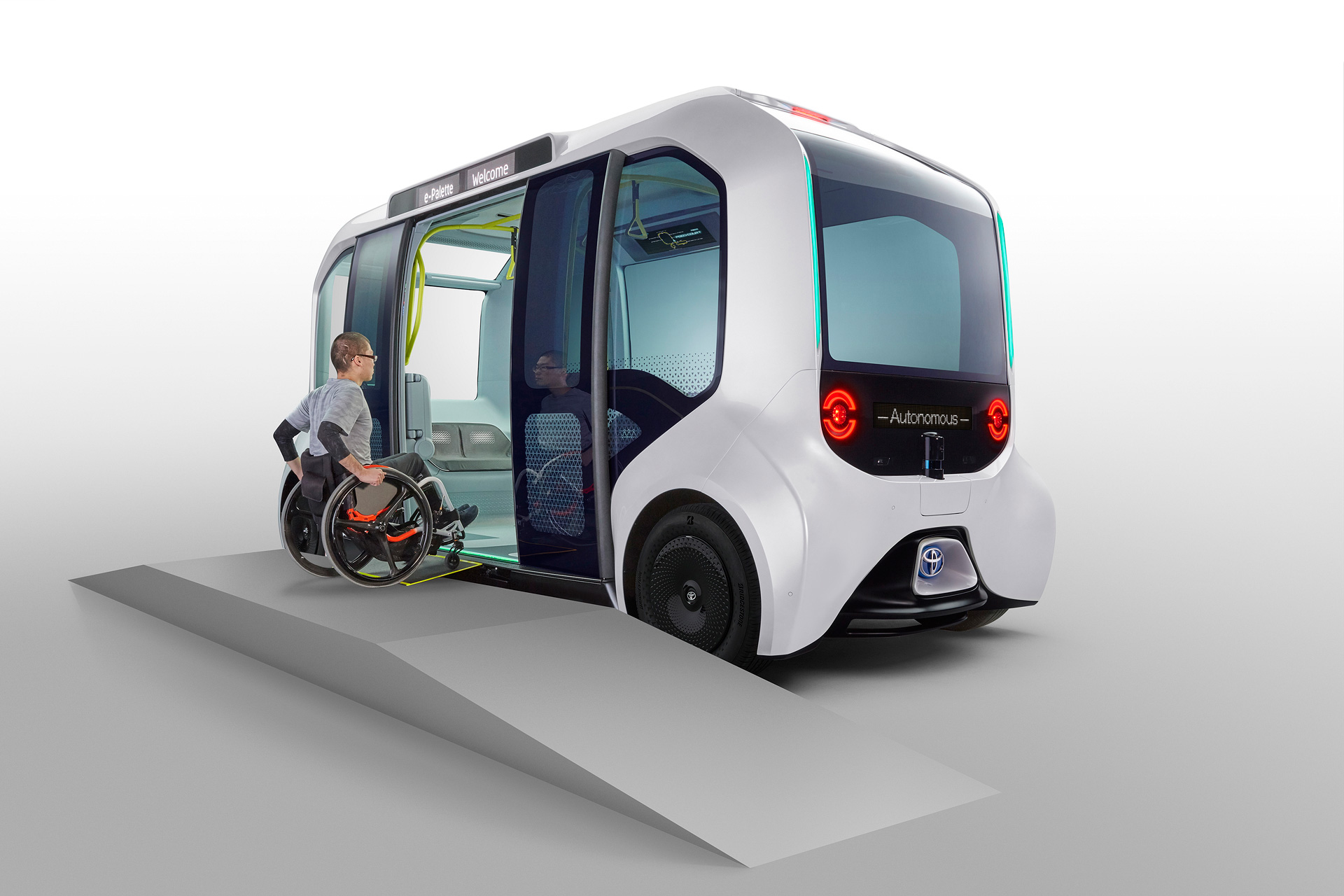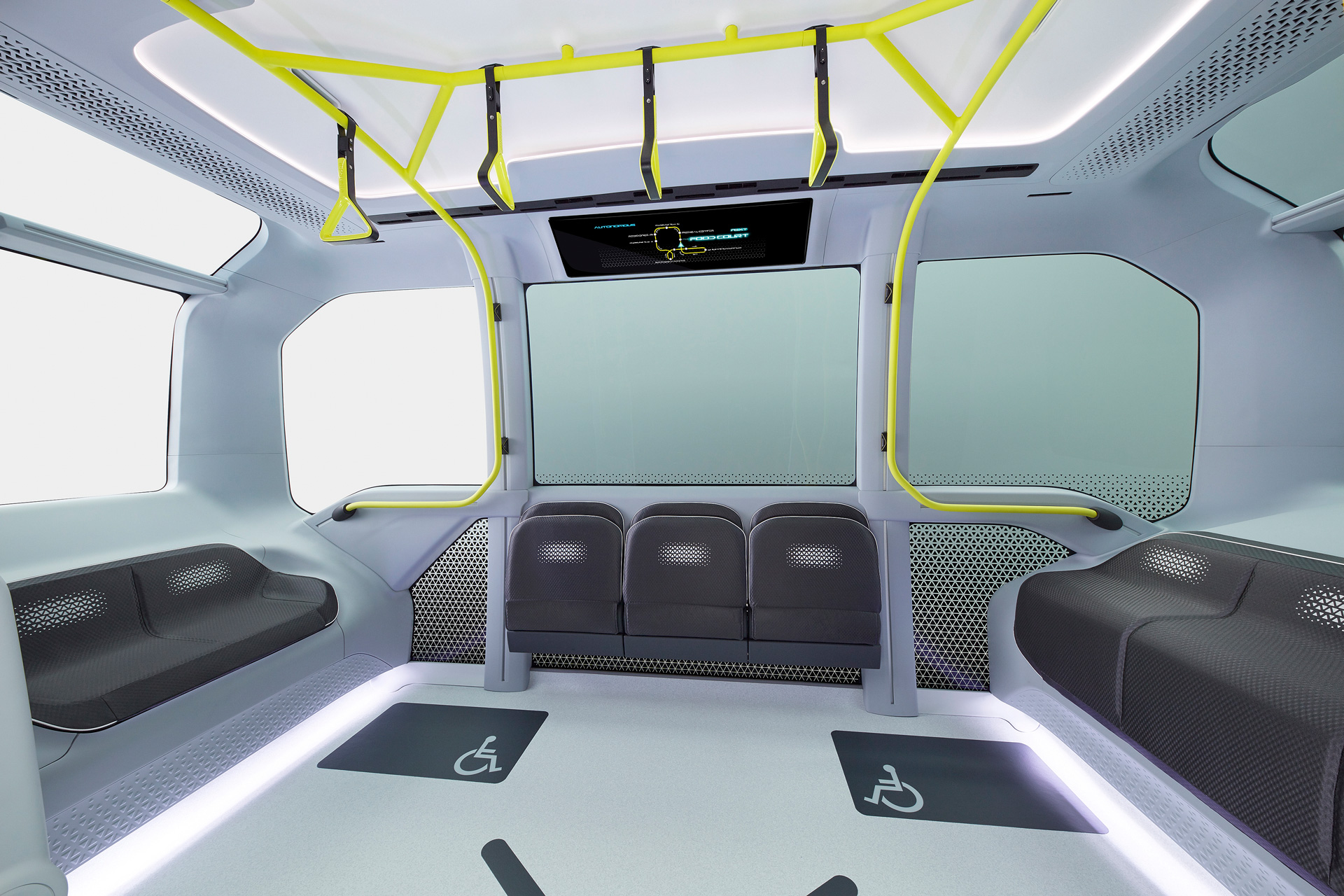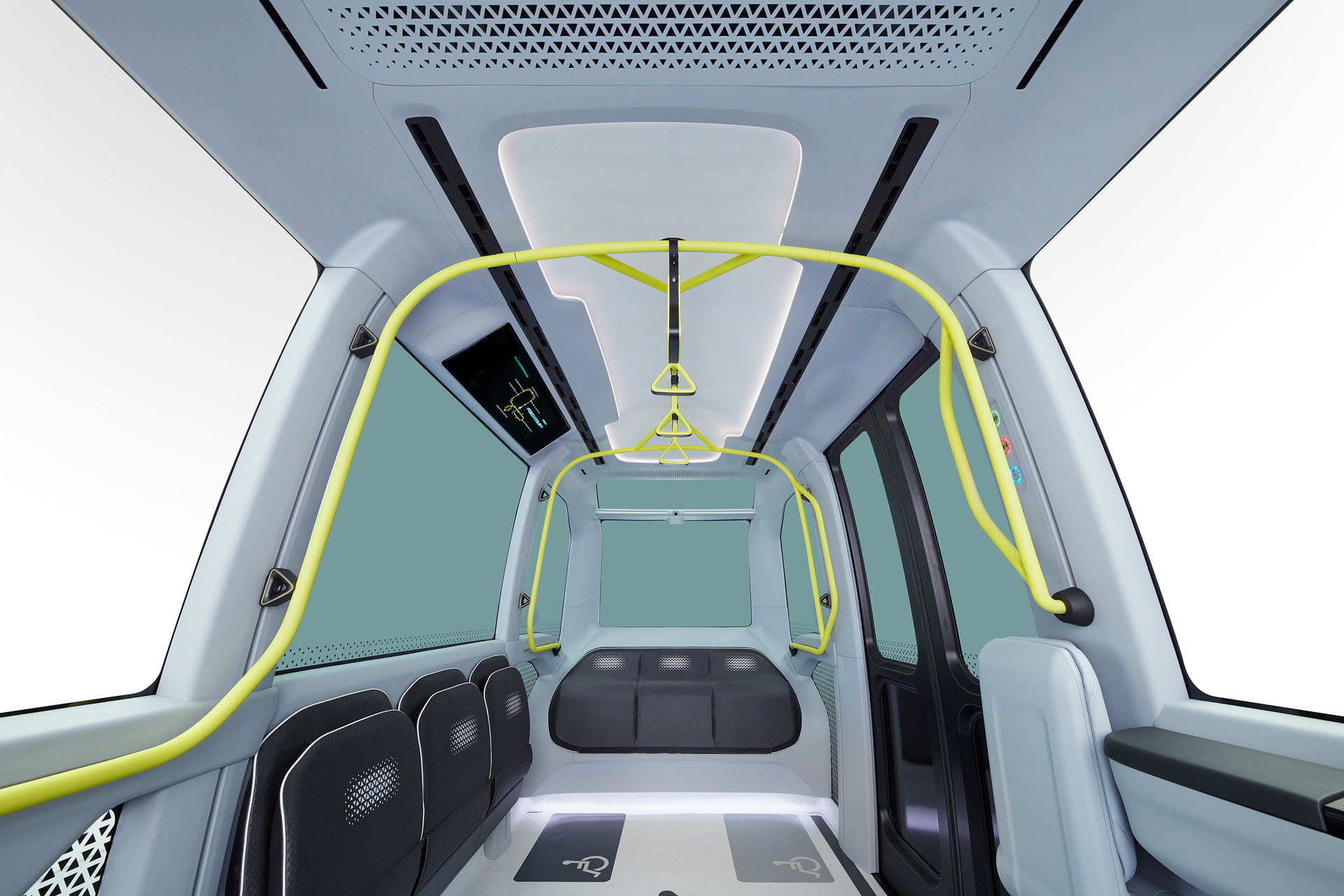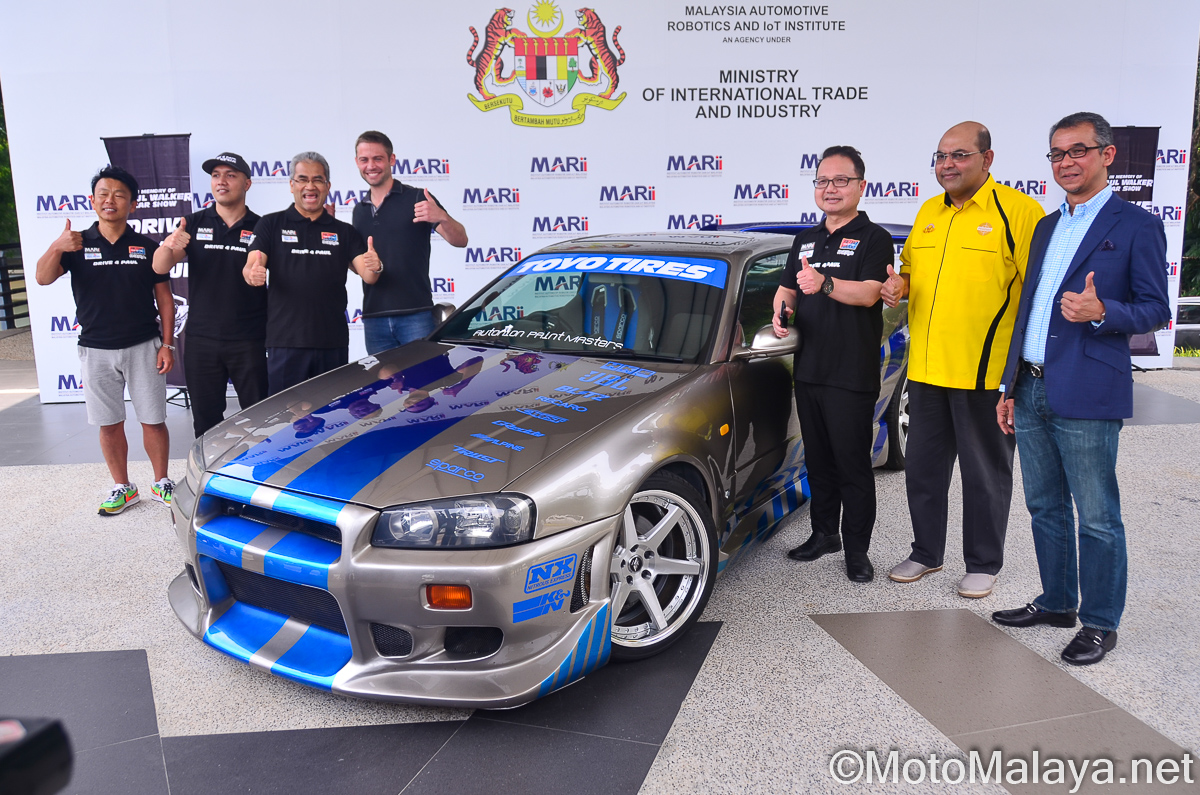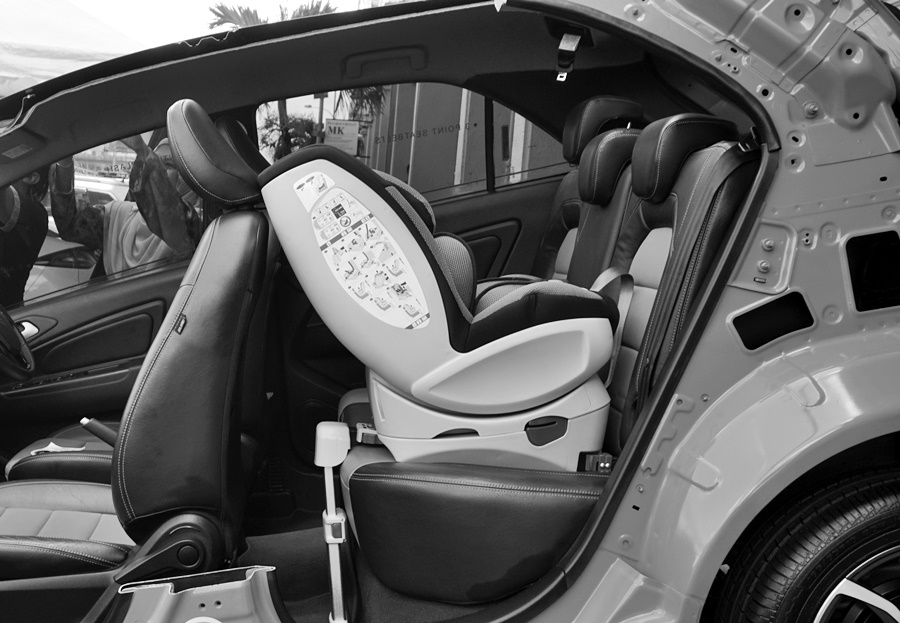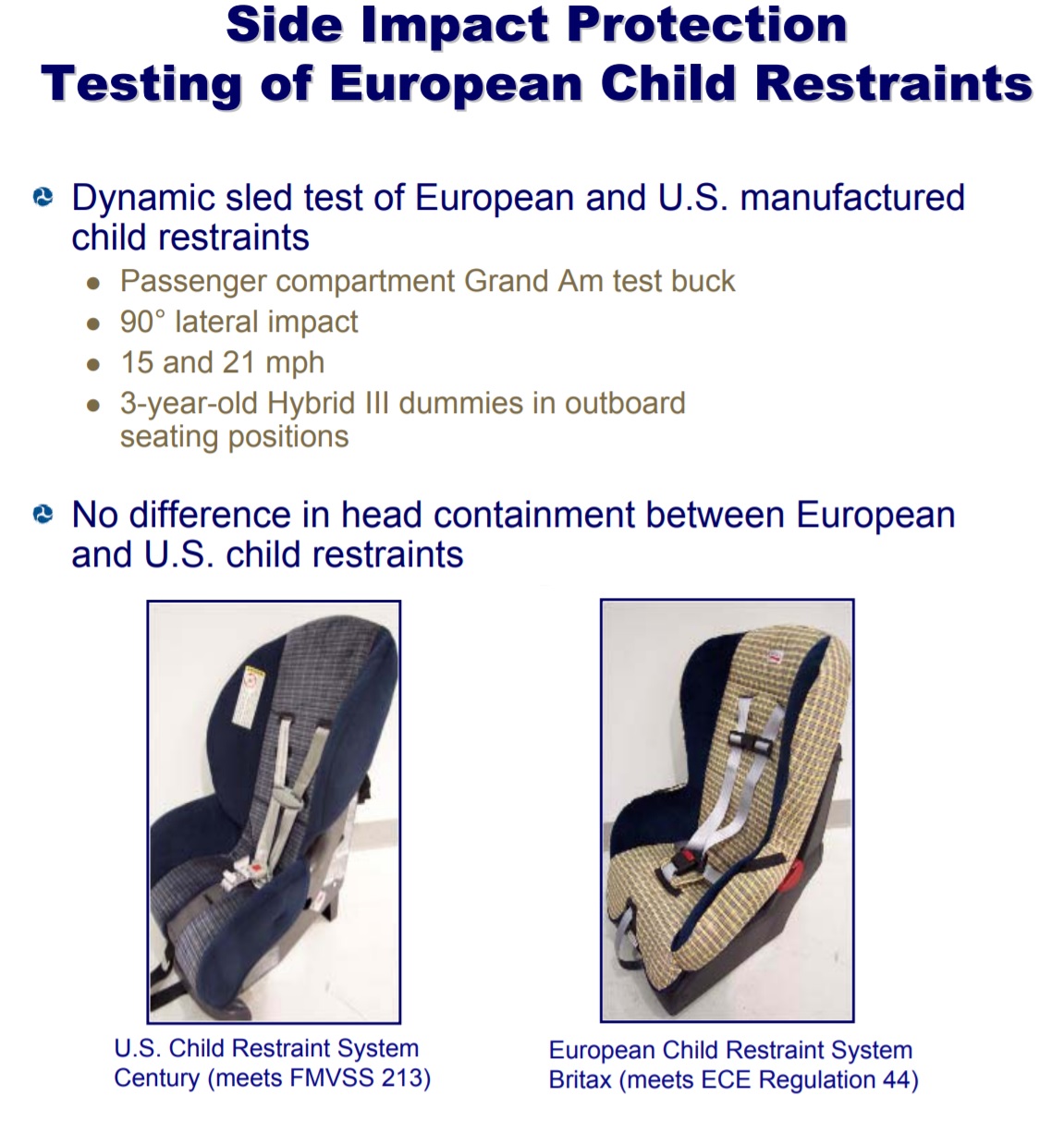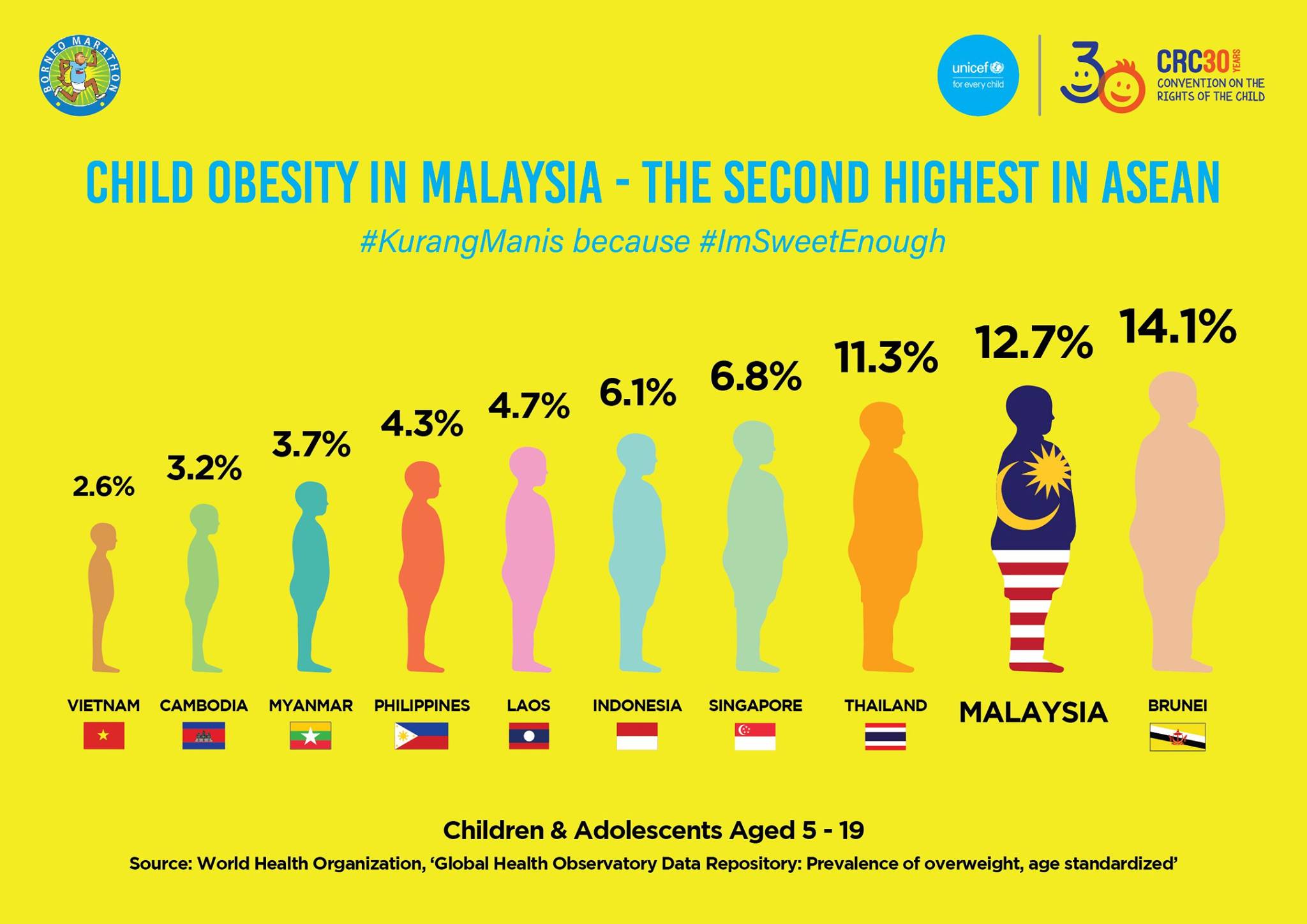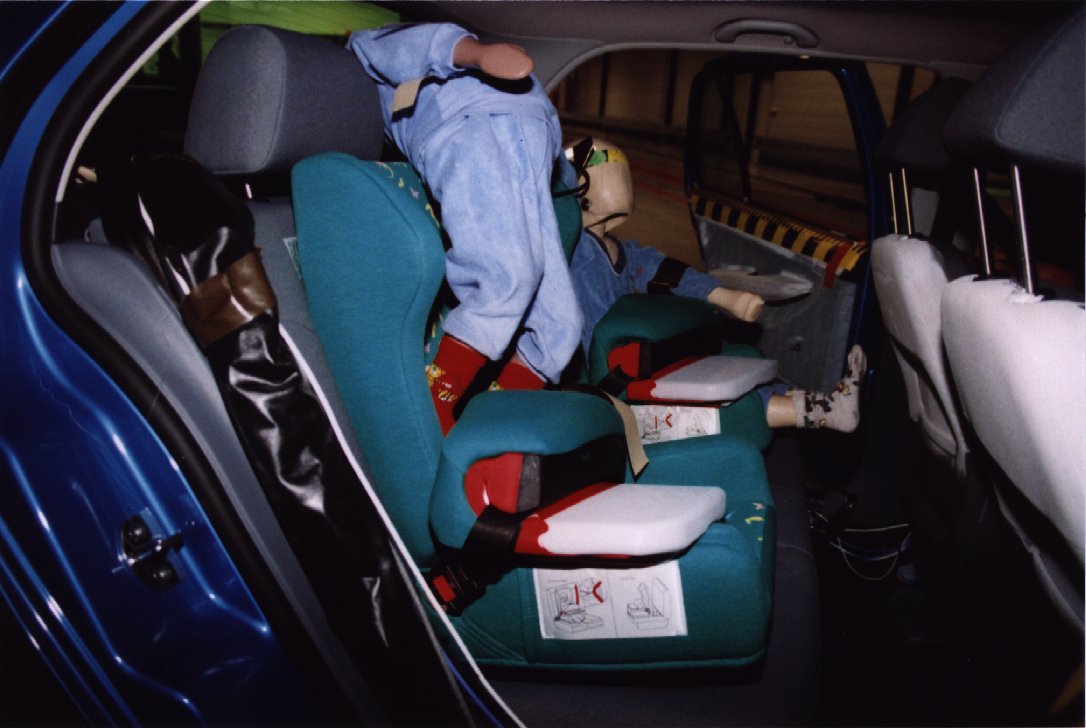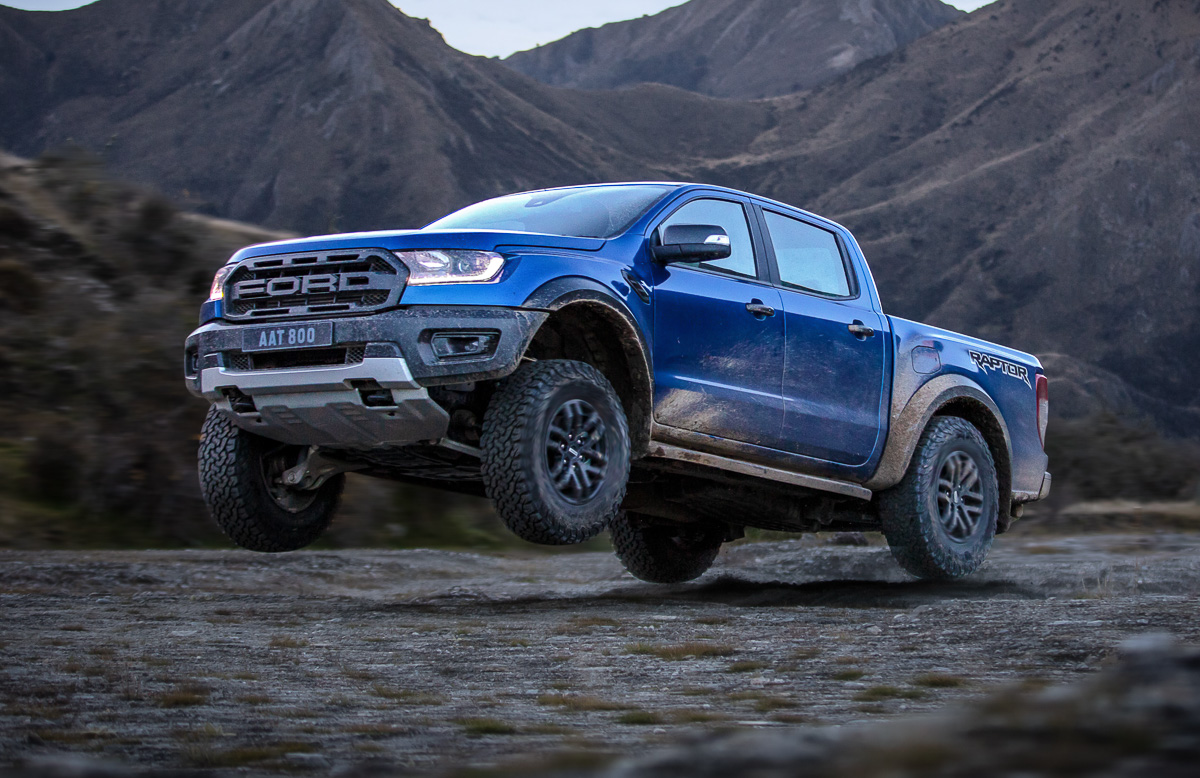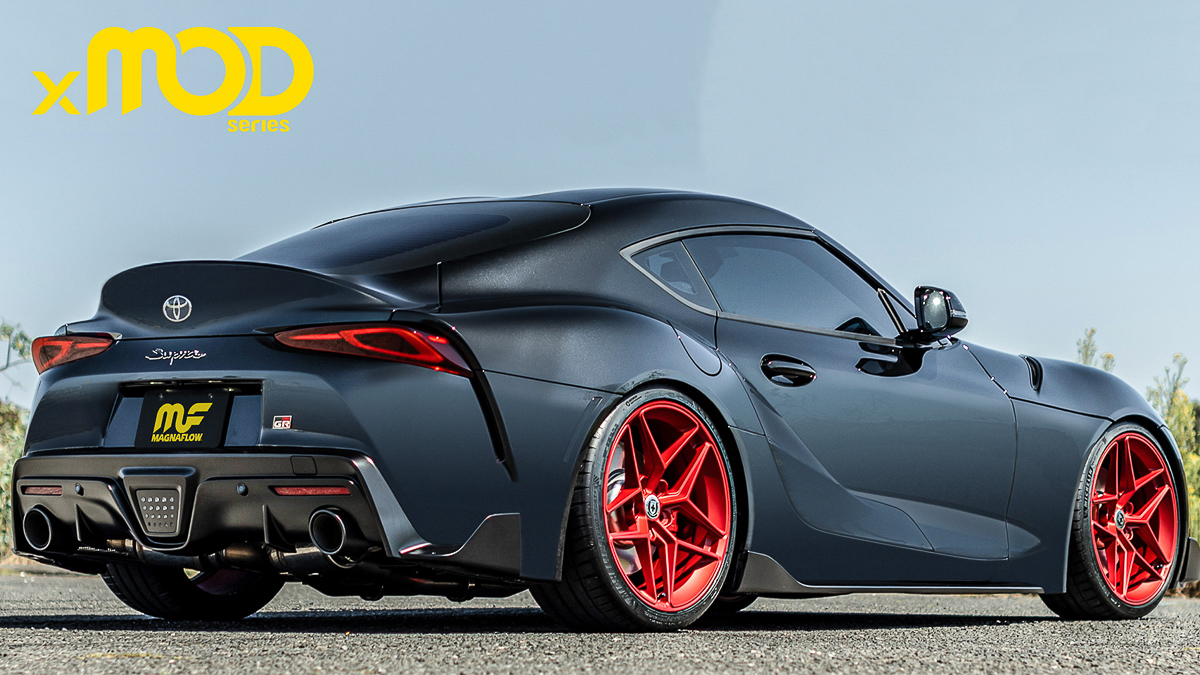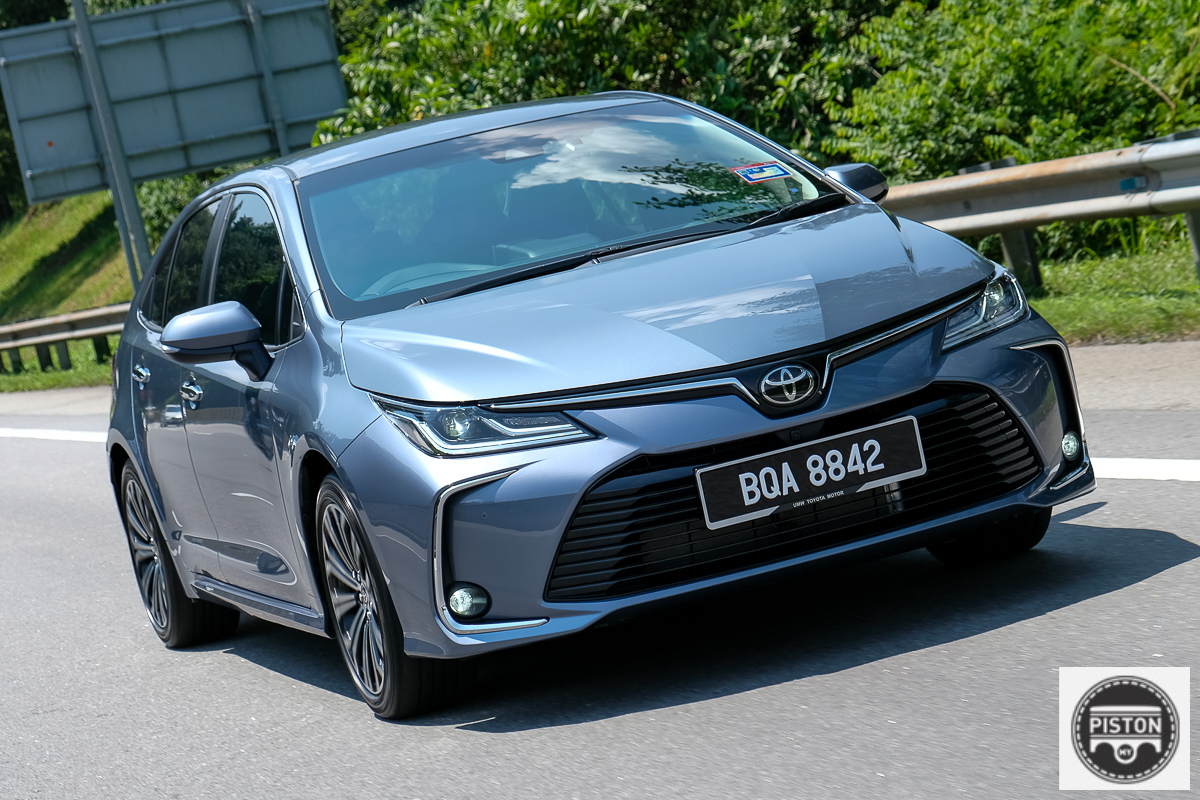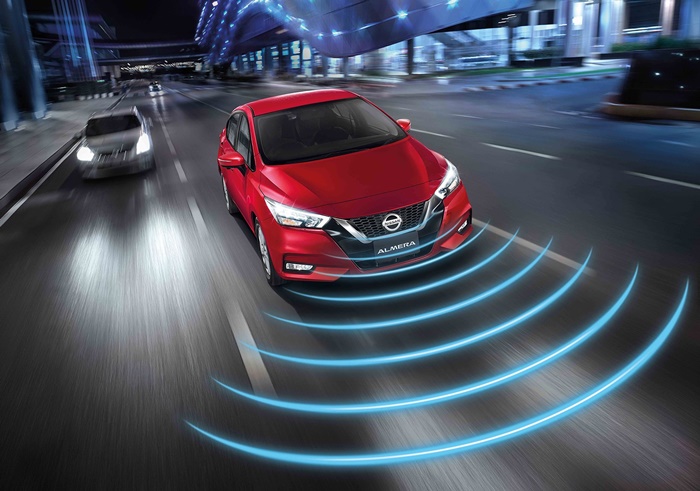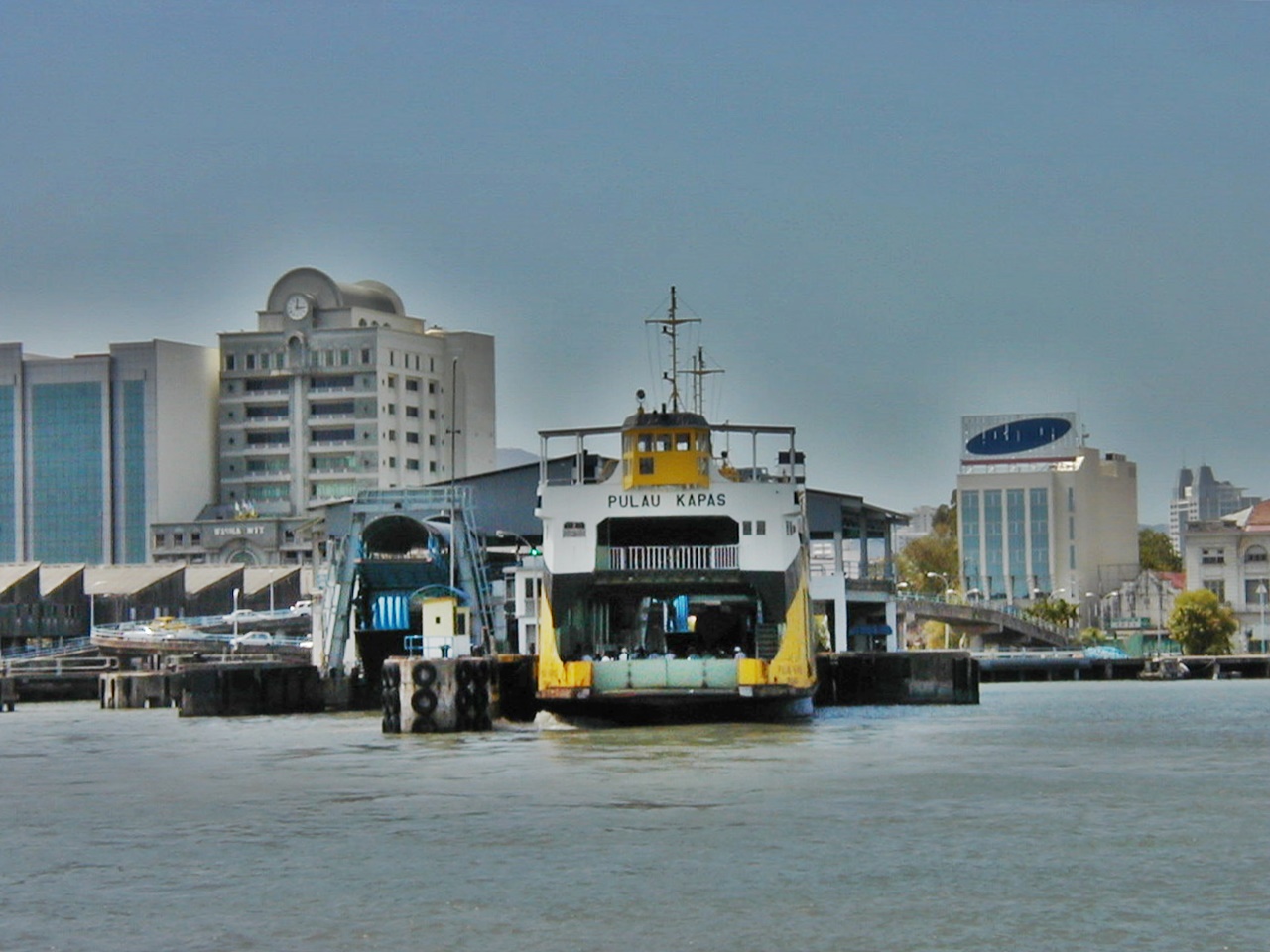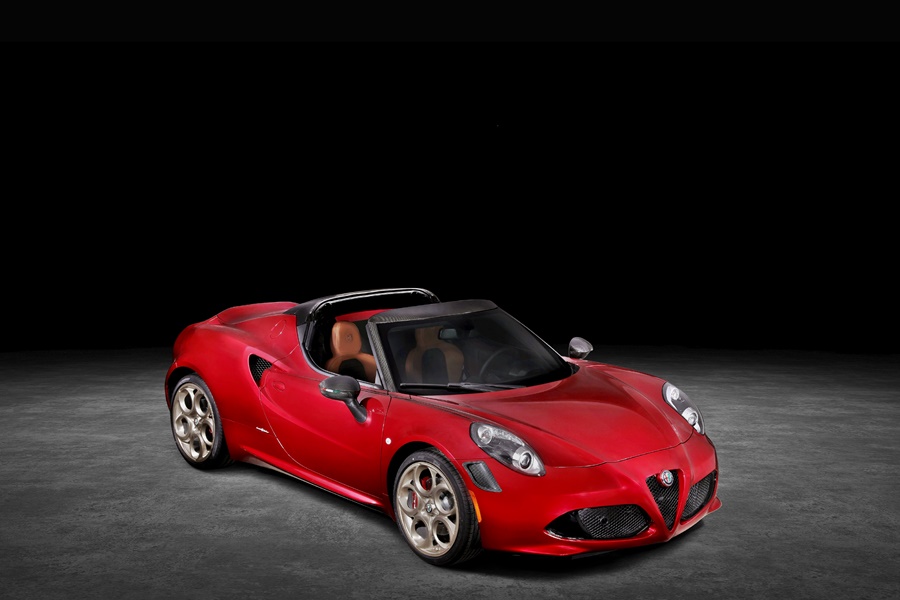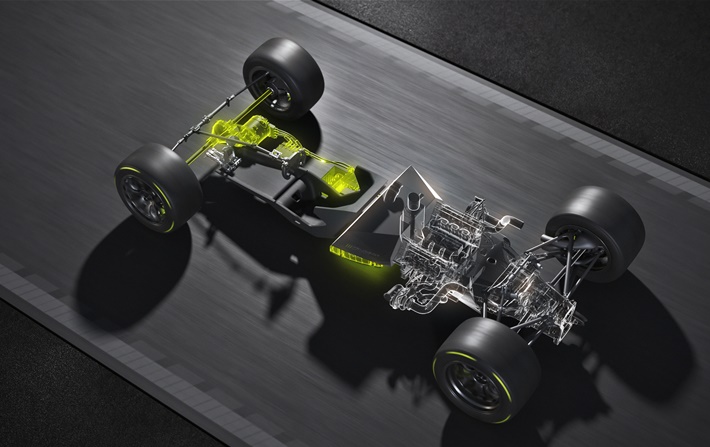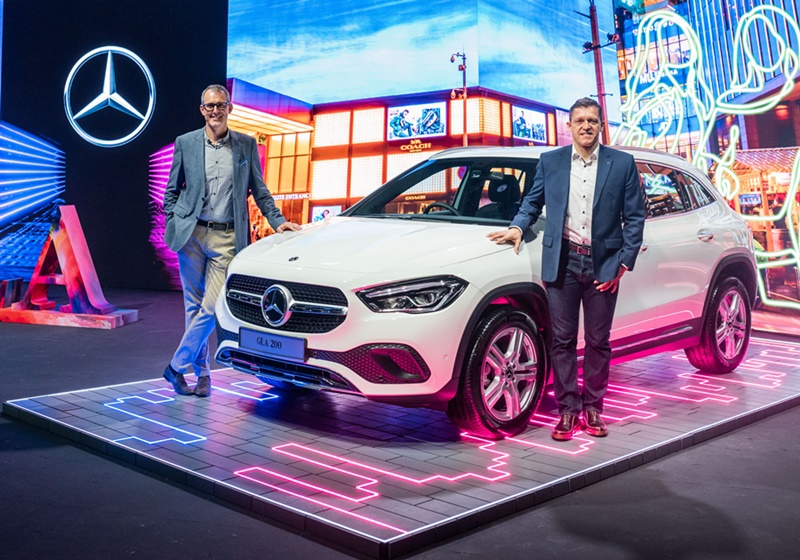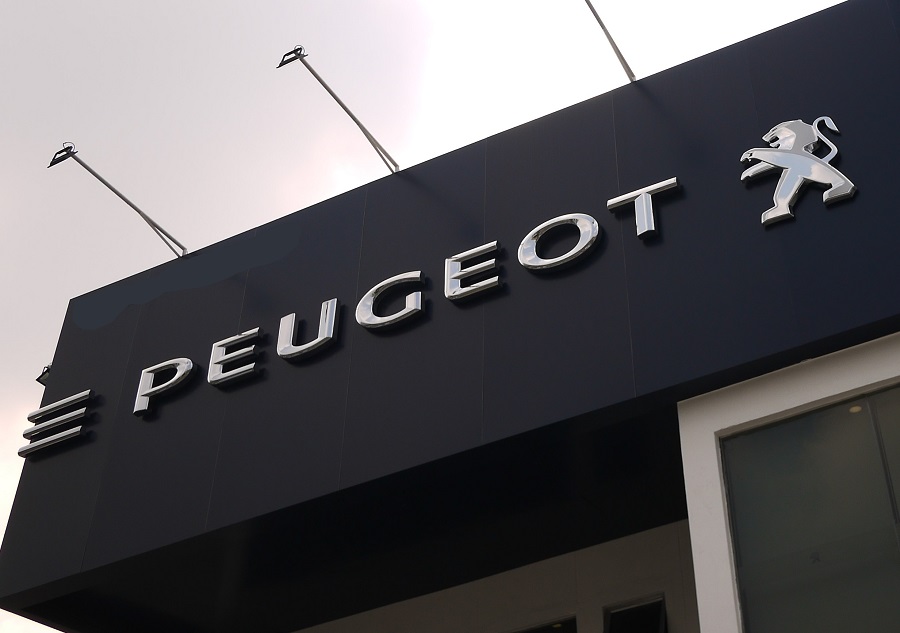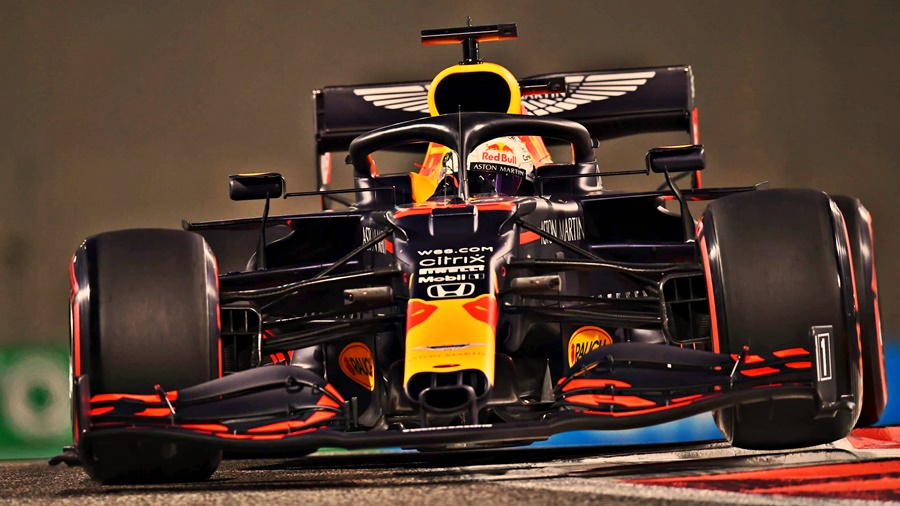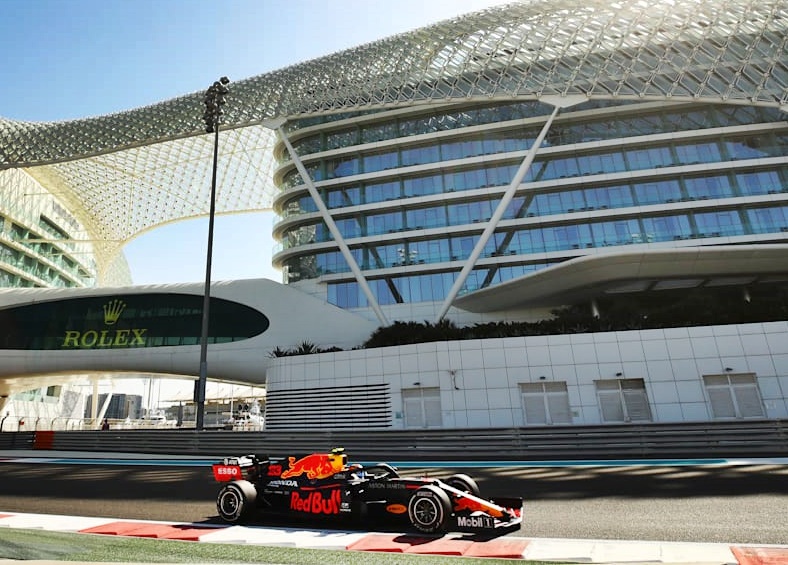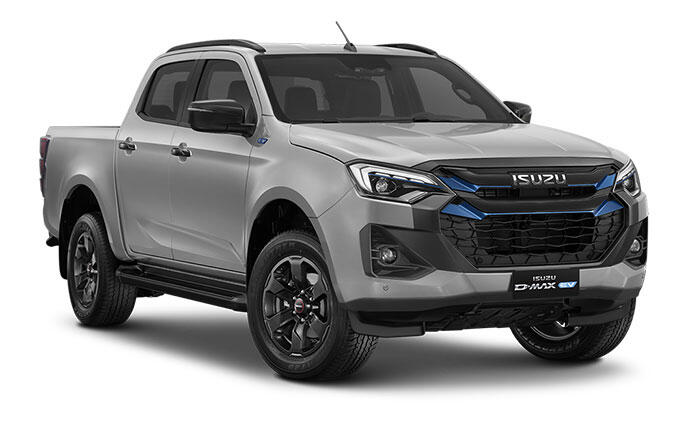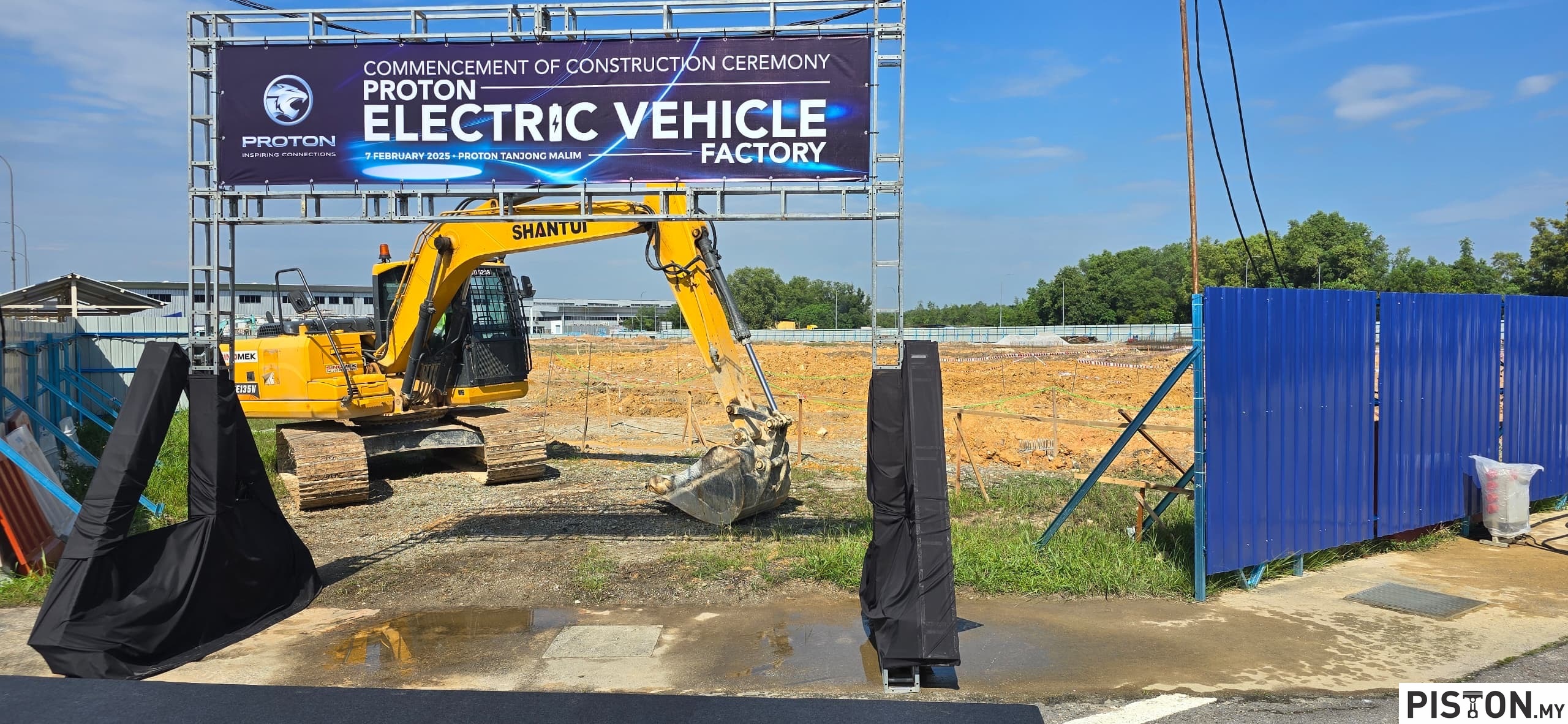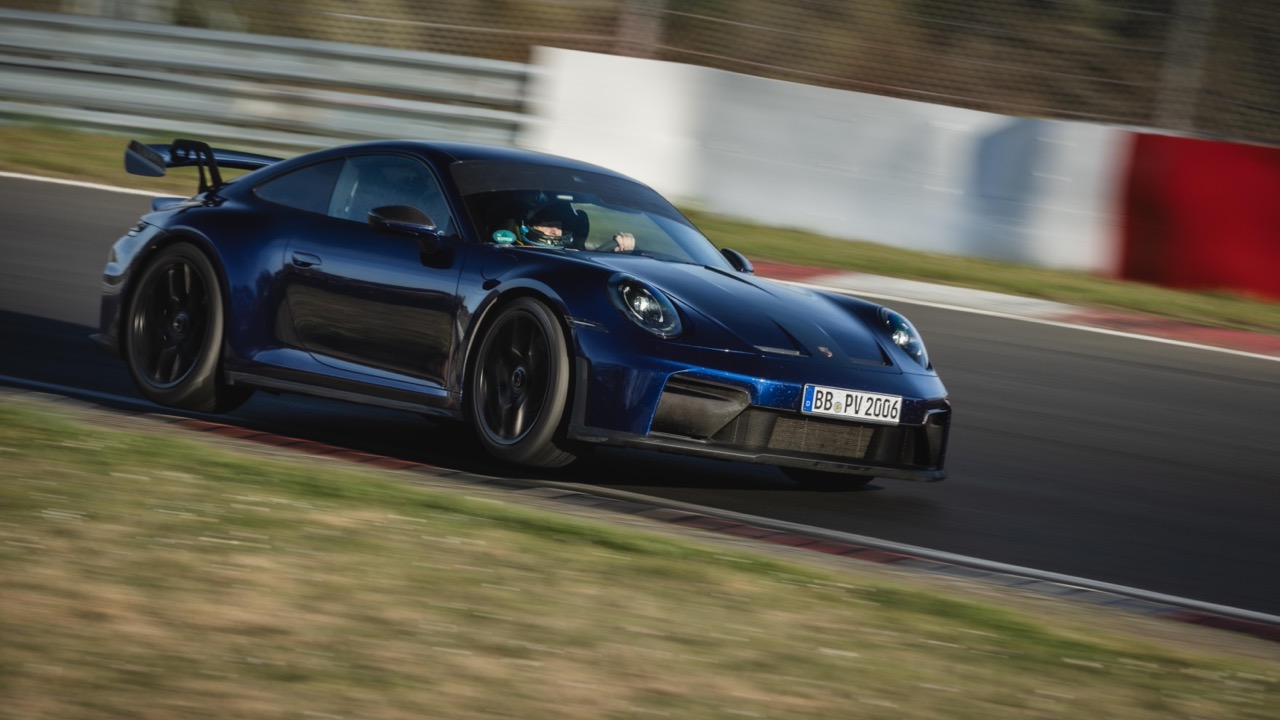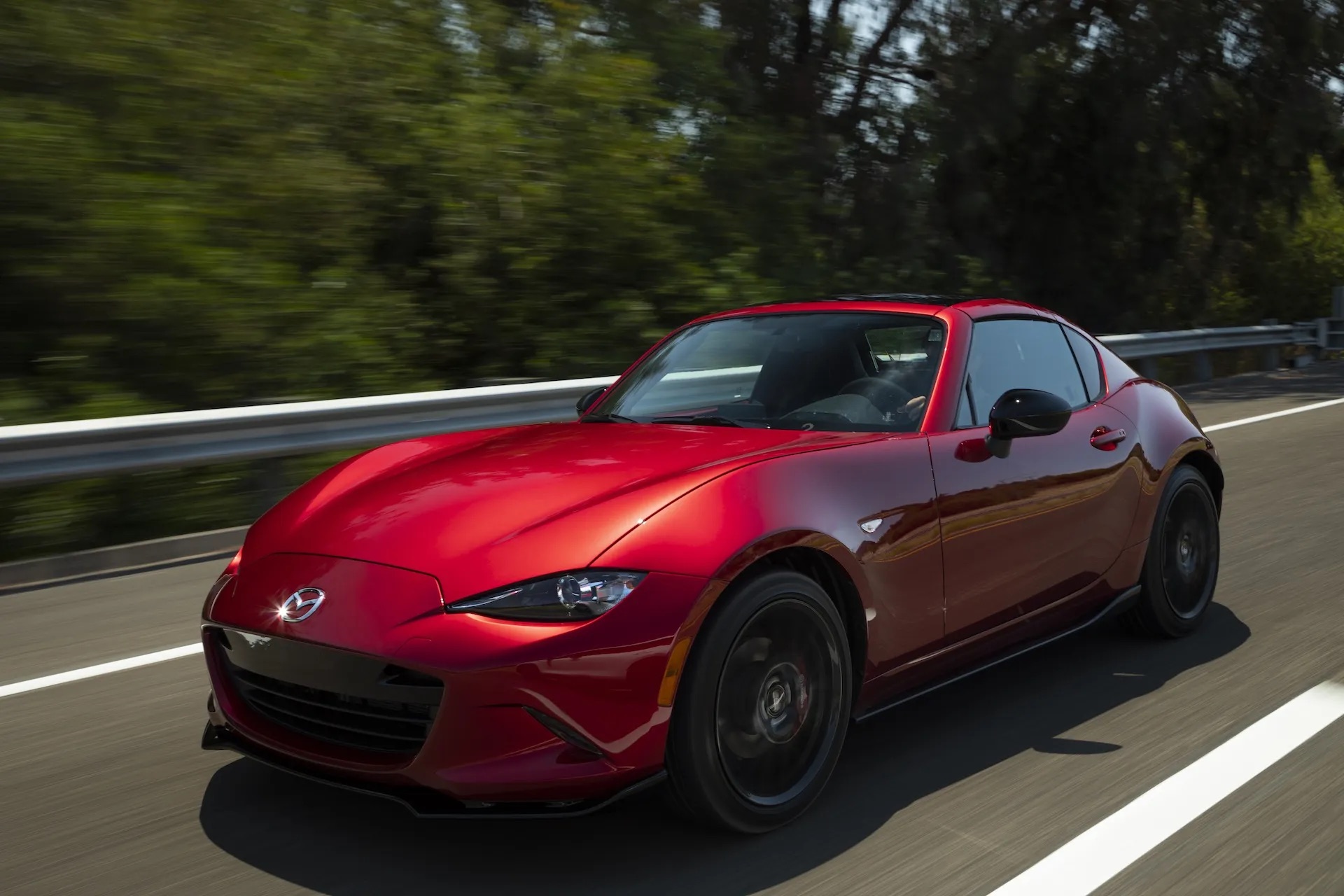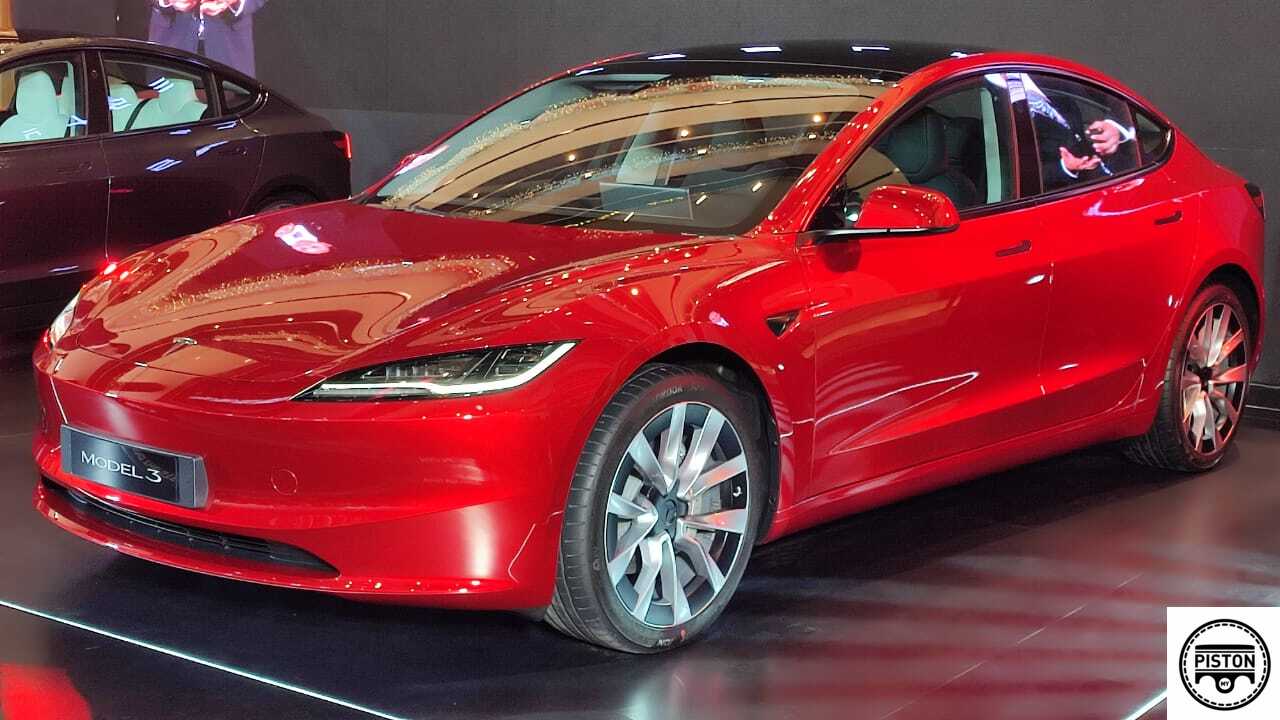Japan hosted the Olympics in 1964 (although it also hosted the Winter Olympics in 1972 and 1998) and on that occasion, the country showed off its technological, industrial and economic advances to the world. Notable in the advancements in transportation was the introduction of the Shinkansen or ‘Bullet Train’ which could reach 210 km/h. That speed was achieved in 1964 and today, the sleek trains can reach top speeds of 260 km/h.
At the Olympic and Paralympic Games Tokyo 2020, the country will once again showcase advanced transportation technologies, some of which have been specially developed for the event by companies like Toyota Motor Corporation.
Dedicated transport around the event villages
Among the many different types of vehicles Toyota will provide will be specially-designed ‘Tokyo 2020 Version’ e-Palette vehicles to support athlete mobility. Up to 20 such vehicles will provide automated, loop-line transportation in the Olympic and Paralympic villages for athletes and personnel involved in the event. The battery-electric, automated vehicles have been adapted specifically for use during the Games based in part on feedback from athletes about their mobility needs in the past games.
“Olympic and Paralympic athletes work tirelessly to achieve the impossible, and we wanted to provide them with a vehicle specifically designed and calibrated to fit their mobility needs during Tokyo 2020,” said Takahiro Muta, development leader for the unique version of the ‘Tokyo 2020 Version’ e-Palette.
“Throughout the development process, athletes, especially Paralympians, helped us to better understand how we could adapt and upgrade the e-Palette to better meet the need for simple, convenient and comfortable mobility. We are proud to work with them on a vehicle that will not just move athletes physically throughout the Olympic and Paralympic villages, but will also offer them new opportunities to interact with others, share new experiences, and be moved emotionally,” he said.
Developed for autonomous mobility
First announced in 2018, e-Palette is Toyota’s first vehicle developed specifically for autonomous mobility as a service application. It reflects Toyota’s ongoing transition to a mobility company and combines electrification, connected networks, and advanced driving technologies to support new shared mobility businesses and business models.
Measuring 5255 mm long and 2065 mm wide, the Tokyo 2020 Version has been adapted to meet the unique needs of the Olympic and Paralympic villages, featuring large doors and electric ramps to allow groups of athletes, including Paralympians, to board quickly and easily. The 20-person vehicle will be controlled by an automated driving system capable of operating up to 20 km/h at SAE Level 4, supported by an on-board safety operator.
Deploying the e-Palette to support athlete and staff mobility is a key element of Toyota’s program to provide advanced mobility solutions for Tokyo 2020 as the first worldwide mobility partner of the Olympic and Paralympic Games. In addition, Toyota plans to leverage the knowledge gained from operating e-Palette at Tokyo 2020 to continue developing the vehicle to support future ‘Mobility-as-a-Service’ applications.




